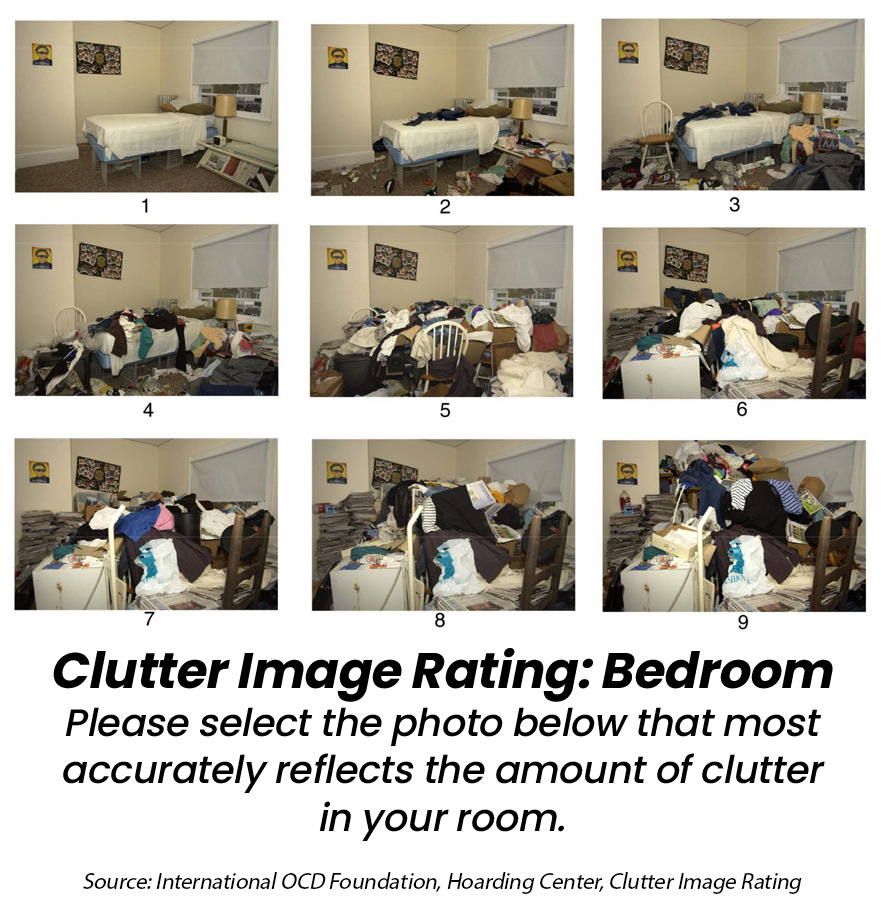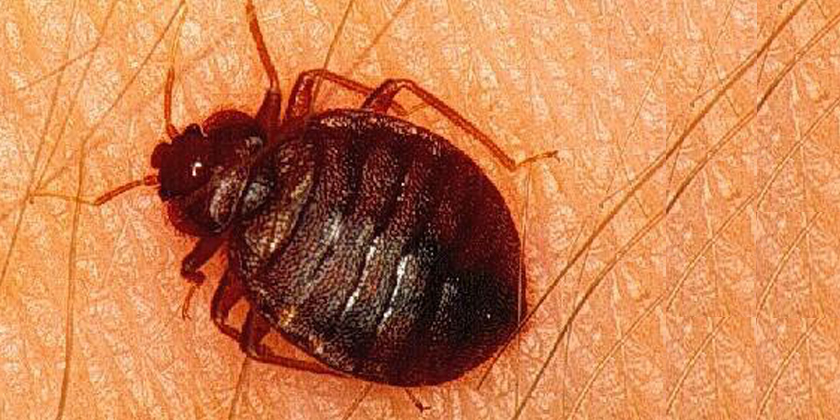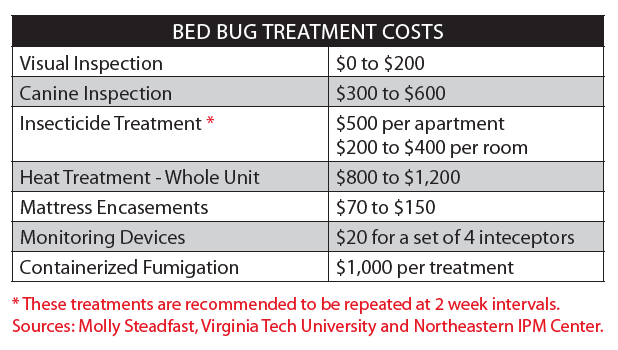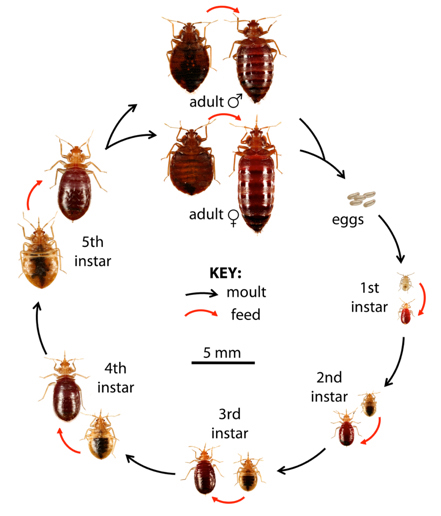Clutter, Hoarding, and Bed Bugs
INFORMATION YOU CAN USE TO STOP BED BUGS IN THEIR TRACKS
According to some surveys, more than 25% of U.S. households have clutter issues. Clutter allows bed bugs to flourish. The American Psychiatric Association found that two to five percent of Americans have been diagnosed with clinical hoarding disorder. Those with hoarding disorder feel the need to excessively save items. This leads to massive clutter that can disrupt everyday life and increase the risk of health problems related to pests, fungi, mold, and others.
A team of researchers and the Boston Housing Authority (BHA) confirmed a link between clutter and higher concentration of pest problems. BHA used a Clutter Image Rating (CIR) scale, developed by the Hoarding Center of the International Obsessive Compulsive Disorder Foundation, to train staff members on how to assess a clutter problem after identifying a clutter issue to make improvements in resident’s living conditions.
The CIR scale is an image scale ranging from one to nine, with nine indicating the highest level of clutter. Using the scale, the team of researchers and BHA staff developed an intervention plan to help residents. This plan included setting goals, enhancing motivations, organizing, and assisting the residents in sorting and making decisions. Residents who participated in this plan were successful in reducing their CIR score.
Reducing clutter increases the effectiveness of treatments for all pests, particularly for bed bugs. In fact, if levels of clutter are too high, pest control operators often decline to treat the infested area until the clutter issue is addressed. Clutter control is one of the best tools housing managers of all types have for creating a clean and healthy facility.
How Much Does it Cost?
People often ask the Midwest Pesticide Action Center, how much it costs to treat bed bugs? Many factors affect costs: 1) Size of the space; 2) Level of Infestation (how many bed bugs); 3) The type of building (construction, age, multiple units vs. single family)…and so on. But our good friends at Virginia Tech and the Northeastern IPM Center did some research and developed basic guidelines shown here in this table.
As you can see the cost varies. We recommend regular inspection and monitoring, especially in multi-unit buildings (including condominiums) or facilities that cater to transient populations. Remember, self-inspection is free. You can inspect your own bed and the sleeping areas of others once you know what to look for. Coupled with some basic monitoring, inspection is the least expensive option and helps identify a problem early.
The Evolution of the Bed Bug: More Pesticide Resistant Than Ever
Bed bugs have become a public nuisance. But, how did they get here? Researchers found that bed bugs originated from caves and originally fed on bats. Bed bugs turned their attention to humans once we began using caves for shelter. When humans left these caves, they brought the bed bugs along.
Scientists discovered that bed bugs have continued to evolve through the millennia. For example, DDT (dichlorodiphenyltrichloroethane), used heavily from the mid-‘40’s to early-‘70’s, virtually wiped out bed bugs in the United States. But scientists found that pockets of bed bugs developed resistance to DDT as early as the mid-‘50s. Resistance to a pesticide requires increases in concentration or application of the pesticide to kill or control bed bugs or they may not work at all.
Now bed bugs have returned stronger than ever thanks to increased travel and their resistance to pesticides. Recently, researchers from the University of Kentucky found that bed bugs resistant to pesticides carry two resistance genes allowing them to survive pesticide applications. The genes toughen the outer exoskeleton (“shell”) of the bug, shielding it from the killing effects of pesticides. After improving their understanding of these resistance genes, scientists can now develop new and more effective treatment strategies.
Pets & Bed Bugs: Q & A
Q: Can bed bugs affect my cat or dog?
A: Bed bugs don’t discriminate! Bedbugs need to feed on blood to survive and will feed on any mammal to sustain themselves. Bed bugs can bite pets, but they prefer humans.
Q: Will flea and tick products for my pets protect them from Bed Bugs?
A: No. Common flea and tick products for pets, such as Frontline, have little to no effect in protecting pets from bed bugs. Pets are not likely to carry bed bugs within their fur. Bed bugs hide in tight dark places close to food sources and tend to only come out at night to feed.
Q: So what can you do to protect your furry friends?
A: Be vigilant! Visually inspect your pets and their belongings from time to time for signs of bedbugs. Also, bathing your pet and laundering your pet’s bedding and belongings often kills any bed bug hitchhikers.
Call us today to learn more! 773-789-9789





